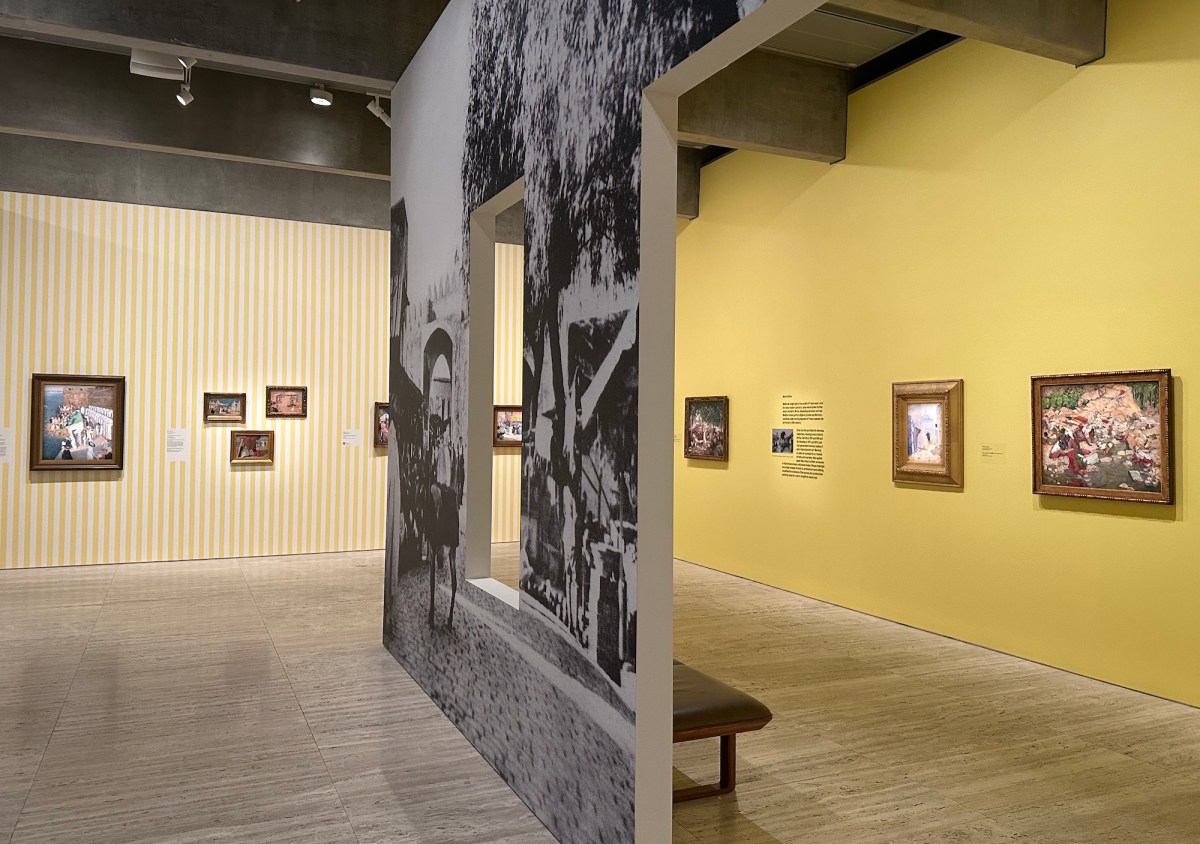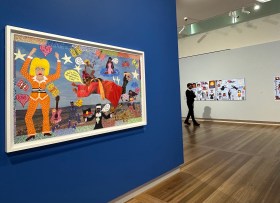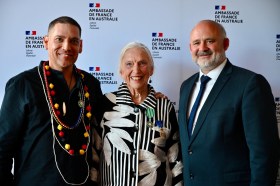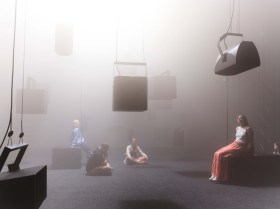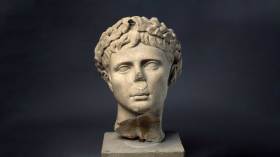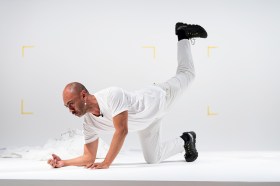They were fearless. They were forgotten. And their art was even set on fire. I am talking about the 50 female artists who write a different version of art history in the exhibition Dangerously Modern: Australian women artists in Europe 1890-1940, which opened at the Art Gallery of NSW (AGNSW) this past week.
In this review:
While viewers may recognise names like Dorrit Black, Ethel Carrick, Grace Cossington Smith, Nora Heyson and Margaret Preston, it is a sweep of artists lesser known – and long-overdue in their recognition – which offers the more interesting narrative through this summer blockbuster.
That is a radical shift in itself, to schedule a historical exhibition of women artists in this prime time slot, usually reserved for big name, imported exhibitions. Is it a budgetary decision by the institution, which is facing a major belt tightening, or just smart programming?
Regardless, the choice feels liberating and in sync with the bold joie de vivre of these women: they were intrepid and immersed themselves in the salons of Paris’ left bank, the artist colonies of Moly-Sabata and Mirmande, as well as in Chelsea and Bloomsbury in London, North Africa and beyond.
It was the height of the suffragette movement and Cubism, Fauvism and Post Impressionism were emerging – offering a kind of perfect storm for pushing boundaries. You have to remember that Australia was the first nation globally to gain suffrage (in 1902), including equal voting rights for settler women.
However, the art scene was slower in the uptake, with this coterie of women locked in the shadows of male-led nationalism back home in Australia. This is underscored by the sting in the tail of this narrative, that most of these women eventually had to return home to run households and families.
This exhibition captures that moment of great freedom – when they were artists on their own terms – and became a catalyst for modernism in Australia.
Dangerously Modern: why so radical?
One of the first paintings viewers encounter is Girl sitting on a bed, 1917-18, a frank portrait by little known New Zealand artist Edith Collier. It is a rare surviving work, given that her father burnt most of Collier’s paintings, deeming them too modern. (No wonder these women escaped.)
Collier’s nude sits opposite a case of Edwardian miniatures, setting the scene for this kind of push-and-pull of Victorian expectations and their radical break away. We see that develop in the galleries that follow, from frank, intimate portraits – a cracker is a self portrait by Grace Cossington Smith from 1915 – moving to scenes of Morocco and Tangiers. These are presented on yellow striped wallpaper, and we start to see light and form captured in daubs of paint, the detail seemingly bleached out of them.
That fresh way of looking continues in the next gallery with Collier’s painting Girl in the sunshine, 1915, hung on bold green and white striped wallpaper in a section that turns to Ireland, where Margaret Preston led a summer class in the village of Bunmahon. Everything about Collier’s painting is modern – its block planes of colour, which are stacked and saturated; it’s counter to what was going on back home.
The exhibition has been co-curated by Wayne Tunnicliffe (AGNSW) and Tracey Lock and Ellie Freak from exhibition partner, the Art Gallery of South Australia (AGSA) in a sharing of scholarship and resources. Rather than separate shows diffusing their impact, it’s a great model of cross-institutional collaboration, where the viewer wins.
They have done a great job in strategically placing works to provoke a rethink of Australian art history, but also to flesh out some of the connections between these women – as colleagues, friends and lovers.
Dangerously Modern: what’s on the gallery’s walls?
The curators usher viewers through a series of domestic-scaled rooms – often with a scattering of chairs typical of a Victorian era parlor. These are the domain of women, and their paintings are clustered into ideas and intimacies, led by connections between the women rather than a traditional chronology-based male canon of art history.
We are invited to digest these works through the lens of: ‘Search and solitude’, ‘Radiance and rupture’, ‘Loss and renewal’, ‘Awakening’, and ‘Resolve’. It is a fascinating and thought-provoking deep dive across 220 works that include paintings, sculptures and prints.
These works are often loaded with a coded language of liberation. For example, painter Agnes Goodsir was openly gay, living in Paris, and painted her lover Cherry (the divorced American musician Rachel Dunn) with a confident, cosmopolitan zeal, captured in the standout painting, Girl with Cigarette c. 1925.
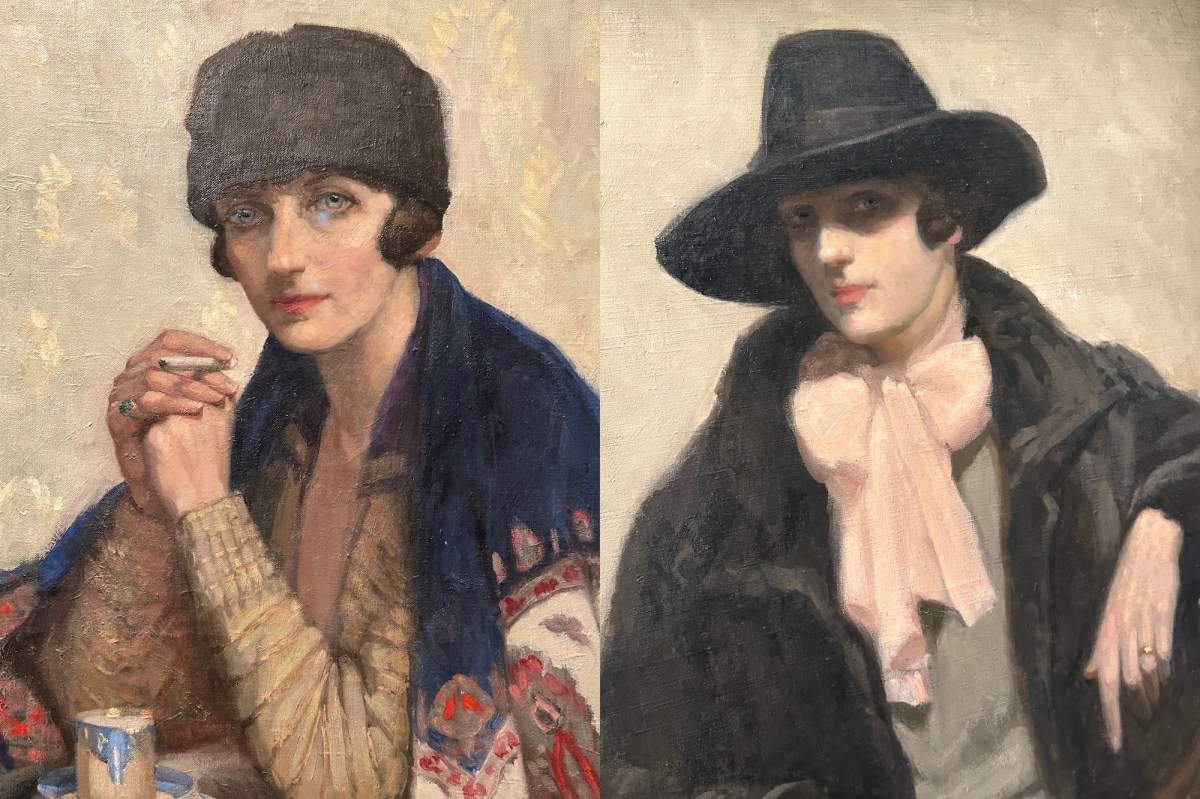
Alongside it is Type of the Latin Quarter c.1926, a dandy-styled (almost androgynous) figure who looks directly at the viewer, challenging any question of her independence. She wears a male-styled hat and a pink bow tied at the neck.
And, within eye shot is Bessie Davidson’s painting Intérieur (interior) 1925, which also returns agency to women, here And, within eye shot is Bessie Davidson’s painting Intérieur (interior) 1925, which also returns agency to women, here pictured in her bedroom with the reflection of her French lover Marguerite Le Roy visible in the mirror.
Davidson, an Adelaide artist, was the first Australian woman elected to the Société Nationale des Beaux-Arts (Goodsir had also been nominated) and vice-president of the Société des Femmes Artistes Modernes, and yet she has been little celebrated in Australia. Both became permanent expats, along with Stella Bowen and Anne Dangar – who was recently celebrated in an exhibition at the National Gallery of Australia.
Read: Exhibition review: Ethel Carrick and Anne Dangar, National Gallery of Australia
This cluster of works sit within the belly of the exhibition and are accompanied by a suite of bronze sculptures. The next gallery continues to cluster works, this time in with bold blue wallpaper with a collection of ceramics central to the gallery. It is a fantastic room with so much going on. Here one is witness to a confidence that has grown out of these travels and studies.
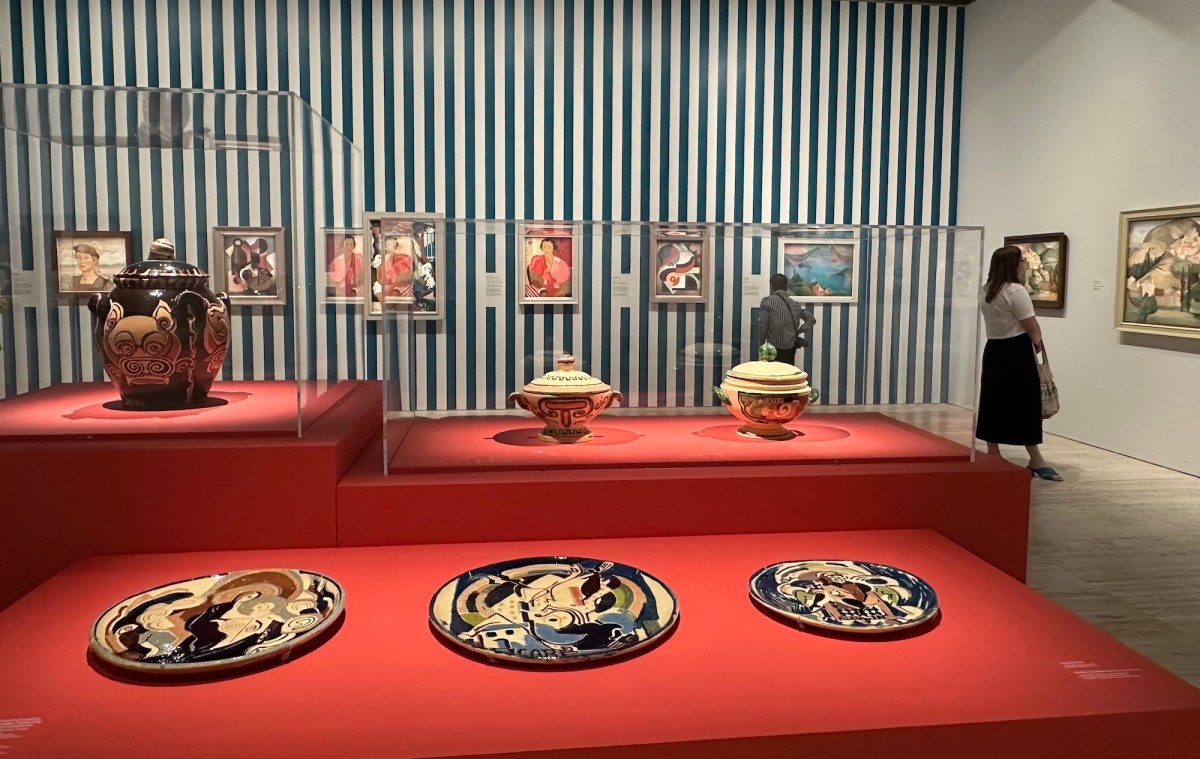
A great example is a trio of paintings by Dangar, Black, and Grace Crowley, painted during a trip to the French village Mirmande in 1928. All three painted the same scene, and it is wonderful for viewers to observe the subtle differences in their uptake of the modern moment.
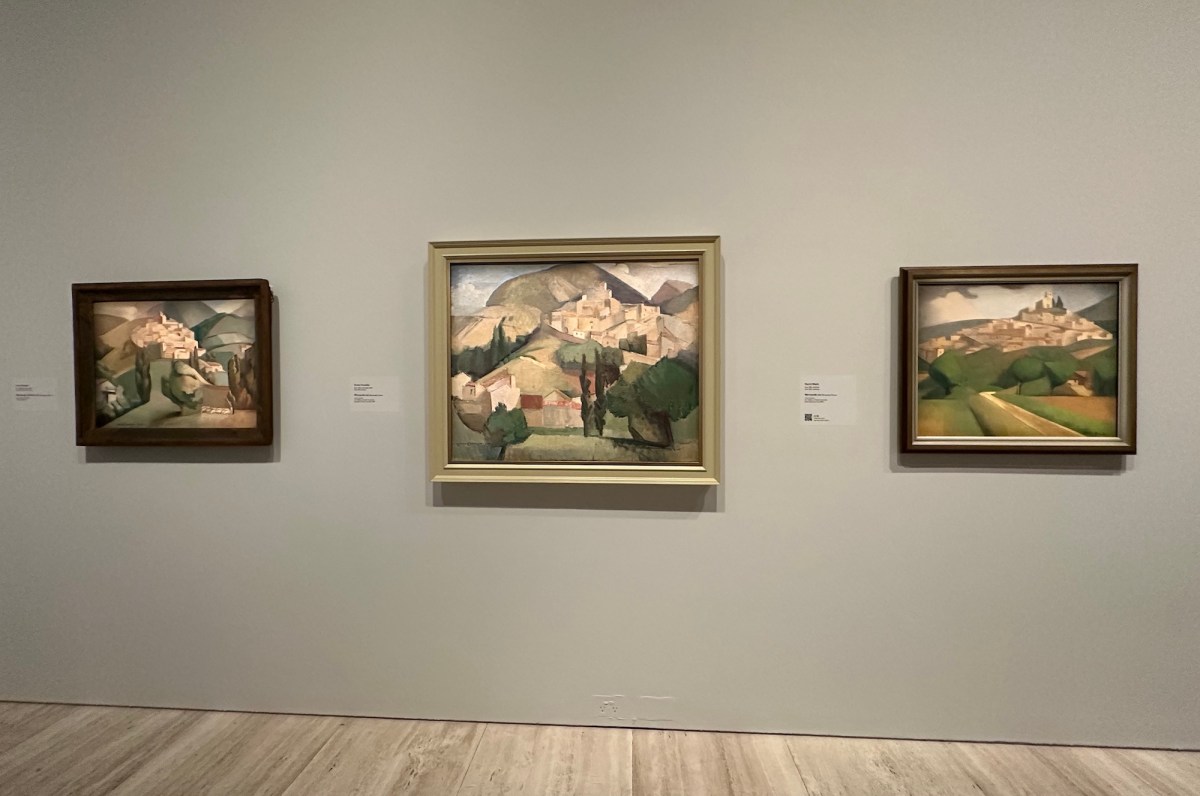
A further highlight is a pairing of Dorrit Black, Still life of jug and ladle c. 1935, paired with ‘the jug’ – a gift from Dangar while the pair were living at Moly-Sabata (France). While Dangar stayed on and become a celebrated cubist in France, Black returned to Australia, and this painting fuses the newly adopted ideas of Europe with an Australian context.
Read: The Unconformity review: a festival that finds its own way
Dangerously Modern: homegrown blockbuster essential viewing
We have fallen into the habit of expecting international imports for our summer viewing season. This exhibition demonstrates that Australian art is every bit worthy of holding this place in the calendar. Indeed, it is a great opportunity to celebrate our own art history with touchstones to Europe (rather than the other way around), further chipping away at that antiquated tall poppy syndrome that, surprisingly, still exists.
The curators have done a remarkable job at hunting down these histories and artworks – filling the gaps in this narrative. But most simply, Dangerously Modern is a beautiful, thought-provoking exhibition and it pulsates with unapologetic female energy. It is must viewing – and great for a shared gallery outing (in every senses of the word).
Dangerously Modern: Australian women artists in Europe 1890-1940 is showing at the Art Gallery of NSW from 11 October 2025 to 1 February 2026. It is a ticketed exhibition.

